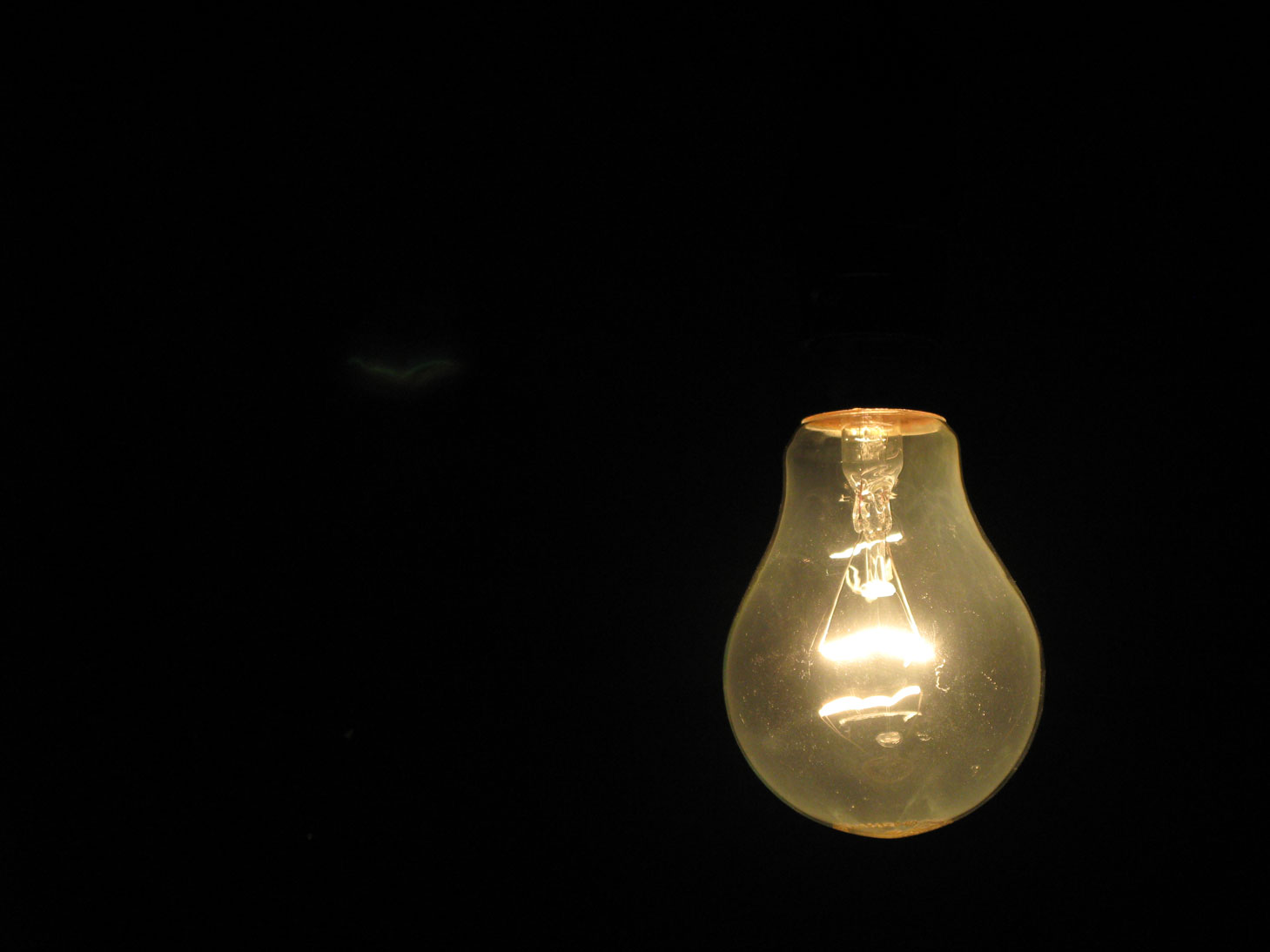Cassandra Chin
Contributor
The next great innovator or inventor may not be hiding in a lab somewhere. She could be the person on her cellphone next to you, discussing the next big idea or revolutionary machine. It could even be you and a team formulating a plan that will make a difference in health care. 
YORKbiotech’s Sanofi Pasteur Healthcare & Biotechnology Venture Challenge 2010 (HBVC), now in its fourth year, helps make the latter a reality by teaming together a Master of Business Adminstration (MBA) student from the Schulich School of Business and a scientist or inventor.
“The competition provides the opportunity to market an idea that is valuable to the healthcare and life sciences industry,” said Janet LeClair, chief administrative officer of YORKbiotech.
The pilot competition started in 2007, and its success has turned it annual. It is hoped that the competition will continue to foster collaborations between the scientific and business communities.
Dr. Dilip Chary, a family practitioner and last year’s winner, has just completed his MBA and is looking at opportunities in the pharmaceutical and medical device sectors.
“The competition is a great way to showcase your skill sets in the pharma sector,” said Chary. It opens up windows for those who haven’t previously worked in the pharmaceutical sector and exposes them to the development process of pharmaceutical drugs, he said.
Chary complemented his medical background by teaming up with an engineer, a good blend of skill sets for the competition.
“As for the scientist, we had some chemistry when we met that transcended into a good working relationship during the competition,” said Chary.
“He chose us because he saw value in our combined [medical and engineering] skill sets.”
LeClair said that HBVC encourages a culture of innovation in Ontario. “This is a win-win for both science and business,” she said. “As the scien- tist [or] inventor gain business skills and exposure to the investment community and the MBA students gain real-world experience and exposure to the private sector – all to encourage and foster entrepreneurialism.”
More than 10 judges each evaluate different stages of the competition on a scorecard. Once a shortlist has been drafted, “the final event resembles [the TV show] Dragon’s Den in which teams make oral presentations to a panel of judges, and the scores are tallied after the presentations,” LeClair stated. “So the winner is announced on the spot. It’s a very exciting phase of the competition.”
In total, the prize money award- ed is $15,000, along with an advisory services package from MaRS worth over $2,500. Winners are eligible for free consultation services and will have the opportunity to meet industry experts. Commercialization plans also position teams for future funding opportunities, mentors, investors and networking.
“Success stories actually happen once the competition is over,” declared LeClair. “As a result of our media coverage through our newsletter The Catalyst and press releases [on the competition], a research organization reached out to the third place winners because they were interested in the product.”
John Strupat, who placed third last year, said that more guidance would be helpful, as well as better clarification on the rules to better prepare non-students on presentations and judging.
Still in its infancy, future HBVC competitions may include legal services for teams. “We’ve had a lot of interest from law students and we’re contemplating extending the competition to [justice department] stu- dents and provide legal services as part of the competition process or prize,” stated LeClair.
HBVC is an event open to anyone with an idea for an innovative life science product or service, though entry is now closed for the 2010 competition.
Finding York’s next top innovator


